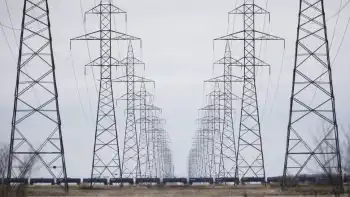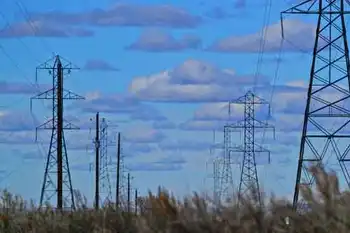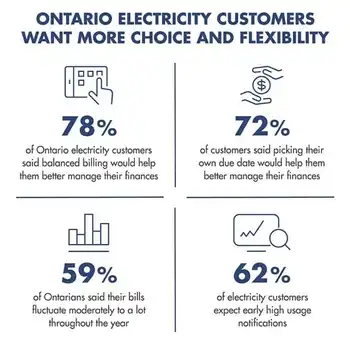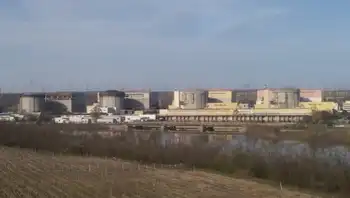The consensus for smart metering is Sensus
By Electricity Forum
CSA Z463 Electrical Maintenance
Our customized live online or in‑person group training can be delivered to your staff at your location.

- Live Online
- 6 hours Instructor-led
- Group Training Available
“The Sensus FlexNet solution delivers the technology required to serve the diverse topographic, geographic, and demographic variables within our service territory, which ranges from dense urban to remote rural,” said Wilfred Meston, Manager of Operations for Kitchener-Wilmot Hydro Inc.
Sensus was chosen as the Smart Metering AMI provider by 9 of the 12 largest Ontario utilities, which represent endpoints ranging from 5,000 to 325,000. Some of the utilities and/or buying consortiums that will depend on solutions from Sensus include: Niagara Erie Power Alliance, District 9, Cornerstone Hydro Electric Coalition, PowerStream, Waterloo, Kitchener, and Cambridge. Sensus and representatives from the buying consortiums and/or individual utilities will now meet to sign operating agreements to begin deployment of FlexNet throughout the region.
“Its two-way capability provides the demand response, hourly interval data, and dynamic pricing plans envisioned by our consortium utilities and the Ontario government. We also believe that FlexNet has the power and flexibility for future advanced Smart Grid applications that will benefit both our day-to-day operations and our customers,” added Meston.
Sensus was rated as the “best AMI solution” among 16 of the participating vendors, in part because the solution provides the greatest technical merit per invested dollar. In this second phase of Ontario’s Smart Meter Implementation Program, sponsored by London Hydro, the Consortium membership evaluated the technical merit, most likely life-cycle system cost, and other factors as overseen by the Ontario Government Fairness Commissioner.
“Ontario is an incredibly progressive region in the utility industry, and has embarked on innovative Smart Grid projects,” said Bill Yeates, Executive Vice President of Conservation Solutions at Sensus. “With FlexNet, Sensus is able to keep in step with this aggressive pace by providing a single technology solution that reduces cost, mitigates technology risk, enables pricing flexibility and demand response, and improves operational efficiency.”
“The FlexNet system possesses the bandwidth that we require to support our short and long-term Smart Grid initiatives,” said Gary Rains, Director of Network Planning for London Hydro. “We have aggressive plans to implement a smart metering program, and the Sensus product gives us the foundation to be successful.”
As part of the request for proposals process, all utilities participating in the London Hydro Phase II project assigned specific weighting factors to their individual technical requirements, supplied meter population data, and provided utility-specific cost and productivity factors. Secondly, an unbiased scoring procedure then weighted the raw data to derive a “life-cycle system cost” for each participating vendor. Finally, miscellaneous factors, such as experience and customer satisfaction, were also examined. The end result provided a compilation of all scoring factors, and determined the greatest technical merit per invested dollar, or “best value” AMI vendor.
“Sensus understands that with success comes responsibility, and that’s why we recently established a Conservation Solutions office in Aurora, Ontario, where our engineers, project management, and technical support staff will base their operations in support of our customers,” added Yeates.











